Unveiling the Mesmerizing Kenyan Sand Boa: A Desert Dance of Nature!

In the heart of the desert, a mesmerizing creature known as the Sand Boa gracefully moves across the sandy landscape, leaving a trail of intrigue and awe in its wake. With its unique ability to blend seamlessly with its surroundings, this snake has mastered the art of camouflage, making it both elusive and fascinating to behold.
The Unique Characteristics of the Sand Boa
The Sand Boa, also known as the Eryx, is a non-venomous snake that belongs to the Boidae family. What sets this reptile apart are its distinctive characteristics, perfectly suited for life in the unforgiving desert. The Sand Boa’s body is stout and cylindrical, with a short, stubby tail and a head that is not easily distinguishable from its body. Its scales are smooth and glossy, providing excellent protection against the harsh desert terrain. These unique features enable the Sand Boa to move effortlessly through the sand, leaving only a faint trace of its presence.
The Sand Boa’s coloring is also a marvel of adaptation. It typically has a sandy or pale yellow base color, allowing it to blend in seamlessly with its surroundings. Some individuals even have dark spots or patterns on their bodies, resembling the shadows cast by desert vegetation. This incredible camouflage not only helps the Sand Boa evade predators but also allows it to ambush its prey with stealth and precision.
Despite its unassuming appearance, the Sand Boa possesses a set of formidable jaws and teeth. It is a constrictor snake, meaning it subdues its prey by coiling around it and squeezing until it can no longer breathe. This method of hunting is particularly effective in the desert, where prey may be scarce, and energy conservation is crucial. The Sand Boa’s diet primarily consists of small mammals, such as rodents and lizards, which it swallows whole, thanks to its incredibly flexible jaw joints.
The Hunting and Feeding Behavior of the Sand Boa
The Sand Boa’s hunting techniques are as fascinating as they are efficient. With its keen sense of smell, this snake can detect the subtlest traces of its prey, even beneath the shifting sands. When an unsuspecting victim comes within range, the Sand Boa strikes with lightning speed, coiling its body around the prey and immobilizing it with its powerful grip.
Once the prey is subdued, the Sand Boa begins the process of ingestion. It unhinges its jaw, allowing it to stretch its mouth wide open and swallow the prey whole. The snake’s digestive system is highly adapted to handle such large meals. Its stomach expands significantly to accommodate the prey, and digestion can take several days or even weeks, depending on the size of the meal.
Interestingly, the Sand Boa has the ability to slow down its metabolism when food is scarce, allowing it to survive for extended periods without eating. This adaptation is essential in the harsh desert environment, where food sources can be unpredictable and sporadic. By conserving energy and relying on its stored fat reserves, the Sand Boa can withstand prolonged periods of scarcity.
Reproduction and Lifecycle of the Sand Boa
The reproductive cycle of the Sand Boa is a testament to the wonders of nature’s rhythm. These snakes have a unique method of reproduction known as viviparity. Unlike most snakes that lay eggs, the Sand Boa gives birth to live young. This adaptation allows the offspring to develop and receive nourishment from the mother’s body before entering the world.
During mating season, male Sand Boas engage in a fascinating courtship dance to attract females. They intertwine their bodies, creating a mesmerizing display of twisting and coiling movements. This ritual not only serves to entice potential mates but also establishes dominance and ensures that the strongest males have the opportunity to pass on their genes.
Once mating is successful, the female Sand Boa undergoes a gestation period of approximately four to six months. During this time, her body nurtures and protects the growing embryos. When the time is right, she gives birth to a litter of live young, usually numbering between five and fifteen individuals. These newborn Sand Boas are already fully formed and independent, ready to venture out into the desert and begin their own journeys.
The Role of the Sand Boa in Its Ecosystem
The Sand Boa plays a vital role in maintaining the delicate balance of the desert ecosystem. As a predator, it helps control the population of small mammals and reptiles, preventing overpopulation and ensuring the survival of other species. By keeping these populations in check, the Sand Boa contributes to the overall health and stability of the desert environment.
Furthermore, the Sand Boa’s ability to blend into its surroundings and go unnoticed by predators allows it to act as an important link in the food chain. It serves as a source of nourishment for larger predators, such as birds of prey and other snakes. In this way, the Sand Boa indirectly supports the survival of these higher-level predators, contributing to the intricate web of life in the desert.
The Mesmerizing Desert Dance of the Sand Boa
The dance between the Sand Boa and its arid environment is a spectacle to behold. As the snake glides through the sand, its movements are a poetic representation of adaptation and survival. The rhythmic undulations of its body mimic the ebb and flow of the shifting dunes, creating a mesmerizing visual display.
The Sand Boa’s ability to navigate the harsh conditions of the desert is a testament to its resilience. Its scales not only protect it from the scorching heat but also minimize water loss, allowing it to conserve precious moisture. This adaptation enables the Sand Boa to thrive in one of the most inhospitable environments on Earth.
Conservation Efforts and Challenges for the Sand Boa
Despite its remarkable adaptations, the Sand Boa faces numerous challenges that threaten its survival. Habitat loss due to human activities, such as urbanization and agriculture, poses a significant threat to this desert dweller. The destruction of its natural habitat disrupts the delicate balance of the ecosystem and reduces the availability of suitable hunting and breeding grounds for the Sand Boa.
Additionally, the illegal pet trade poses a significant risk to the Sand Boa population. These snakes are often sought after by collectors due to their unique appearance and docile nature. Their capture for the exotic pet trade not only depletes wild populations but also exposes them to stress and potential harm during transportation and captivity.
Conservation efforts are underway to protect the Sand Boa and its habitat. These initiatives focus on creating protected areas, raising awareness about the importance of preserving desert ecosystems, and implementing regulations to prevent the illegal trade of these snakes. By safeguarding their natural environment and raising public consciousness, we can ensure the continued existence of this mesmerizing species.
Tips for Observing and Photographing the Sand Boa in the Wild
For those fortunate enough to venture into the desert and witness the Sand Boa in its natural habitat, there are a few tips to enhance the experience. First and foremost, it is crucial to respect the snake’s space and observe from a safe distance. Approaching too closely can cause unnecessary stress and disturbance.
When photographing the Sand Boa, patience is key. These snakes are masters of camouflage and can be challenging to spot. Take your time to scan the sand for any subtle movements or patterns that may indicate the presence of a Sand Boa. Once you locate one, be mindful of your movements and avoid sudden gestures that may startle the snake.
To capture the beauty of the Sand Boa in photographs, consider using a telephoto lens to maintain a safe distance while still achieving a close-up shot. Pay attention to lighting conditions, as the desert sun can create harsh shadows. Experiment with different angles and compositions to showcase the snake’s unique coloration and patterns.
Remember, the welfare of the Sand Boa and its habitat should always take precedence over personal interests. By respecting these incredible creatures and their environment, we can ensure their continued survival for generations to come.
Interesting Facts and Myths about the Sand Boa
The Sand Boa has long fascinated humans, giving rise to a myriad of interesting facts and myths. Here are a few notable ones:
- Contrary to popular belief, the Sand Boa is not venomous and poses no threat to humans. Its primary defense mechanism is its ability to blend in with the surroundings and remain undetected.
- Sand Boas are excellent swimmers and can cross bodies of water when necessary. This adaptability allows them to explore new territories and expand their range.
- Some cultures believe that wearing a Sand Boa skin belt or carrying a preserved Sand Boa around the neck can bring good luck and protect against evil spirits. However, it is important to note that such practices contribute to the illegal wildlife trade and should be discouraged.
- Sand Boas have been observed burying themselves in the sand during extreme temperatures to regulate their body temperature and avoid overheating or freezing.
- Female Sand Boas can store sperm from a single mating for an extended period, allowing them to delay fertilization until conditions are favorable for the survival of the offspring.
Conclusion: Appreciating the Beauty and Importance of the Sand Boa in Nature’s Rhythm
The Sand Boa and its desert dance are a testament to the wonders of nature’s rhythm. From its unique adaptations to its role in the delicate ecosystem of the desert, this mesmerizing snake captivates our imagination and deepens our appreciation for the intricate balance of life.
By understanding the challenges facing the Sand Boa and supporting conservation efforts, we can ensure the continued existence of this remarkable species. Let us embrace the beauty of the Sand Boa and its arid habitat, fostering a sense of wonder and responsibility for the preservation of our natural world.
Also Read: Dental Wonders of Boa Constrictors: An In-Depth Look
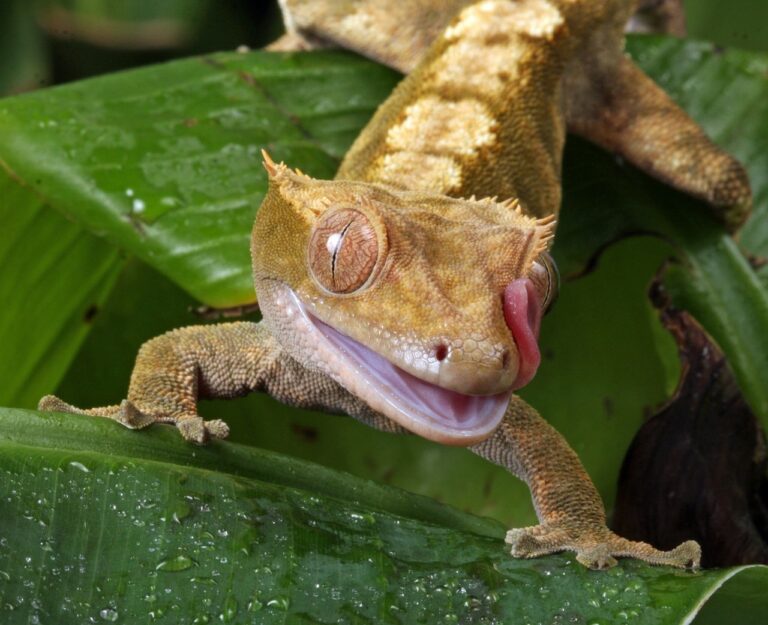
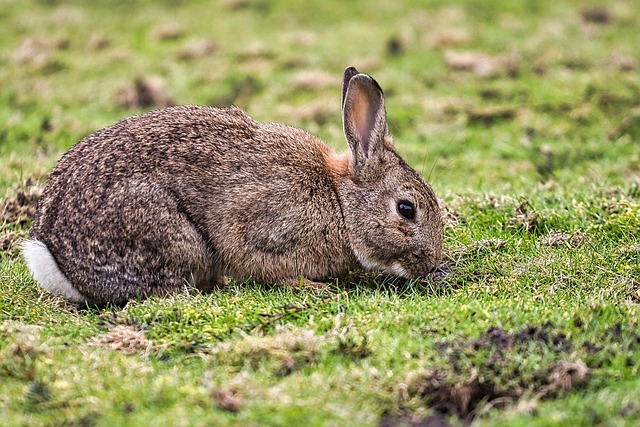
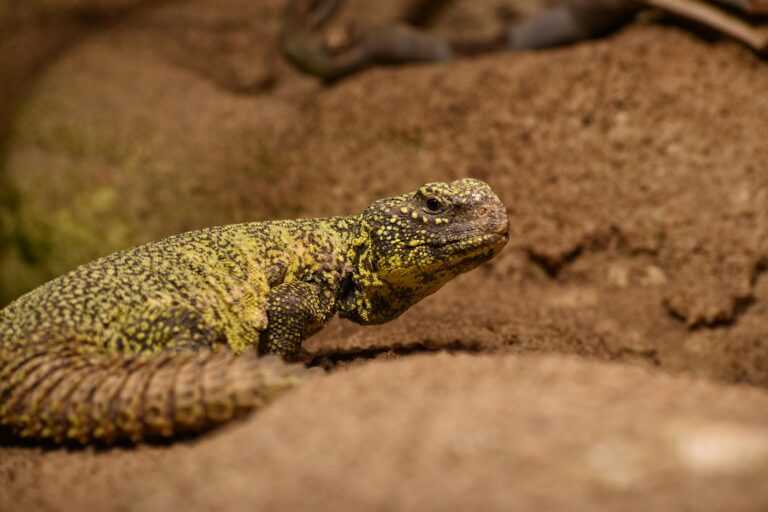
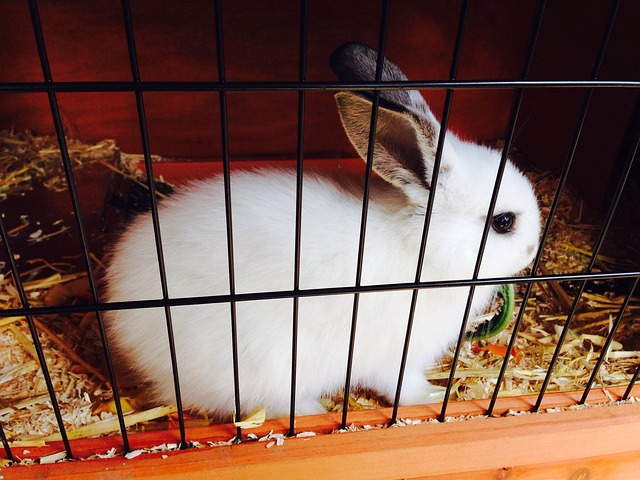
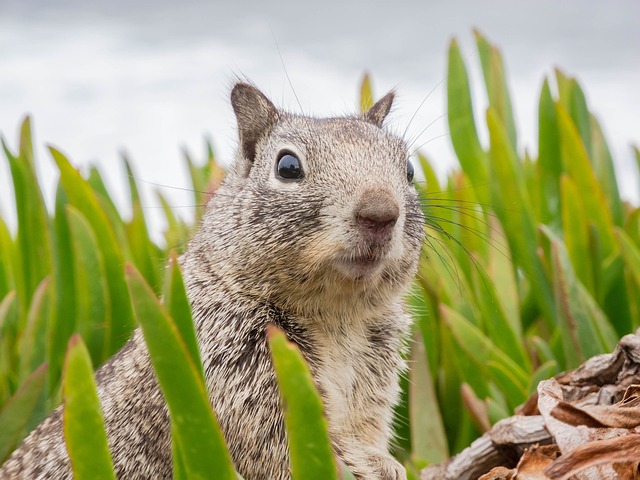
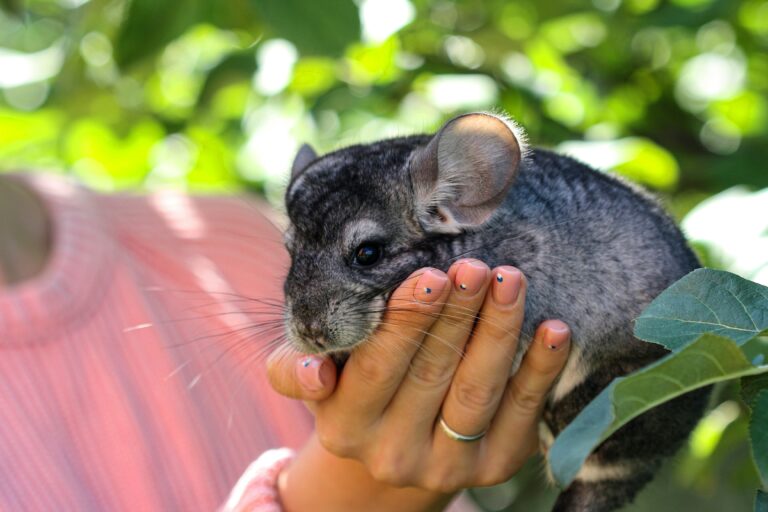
One Comment